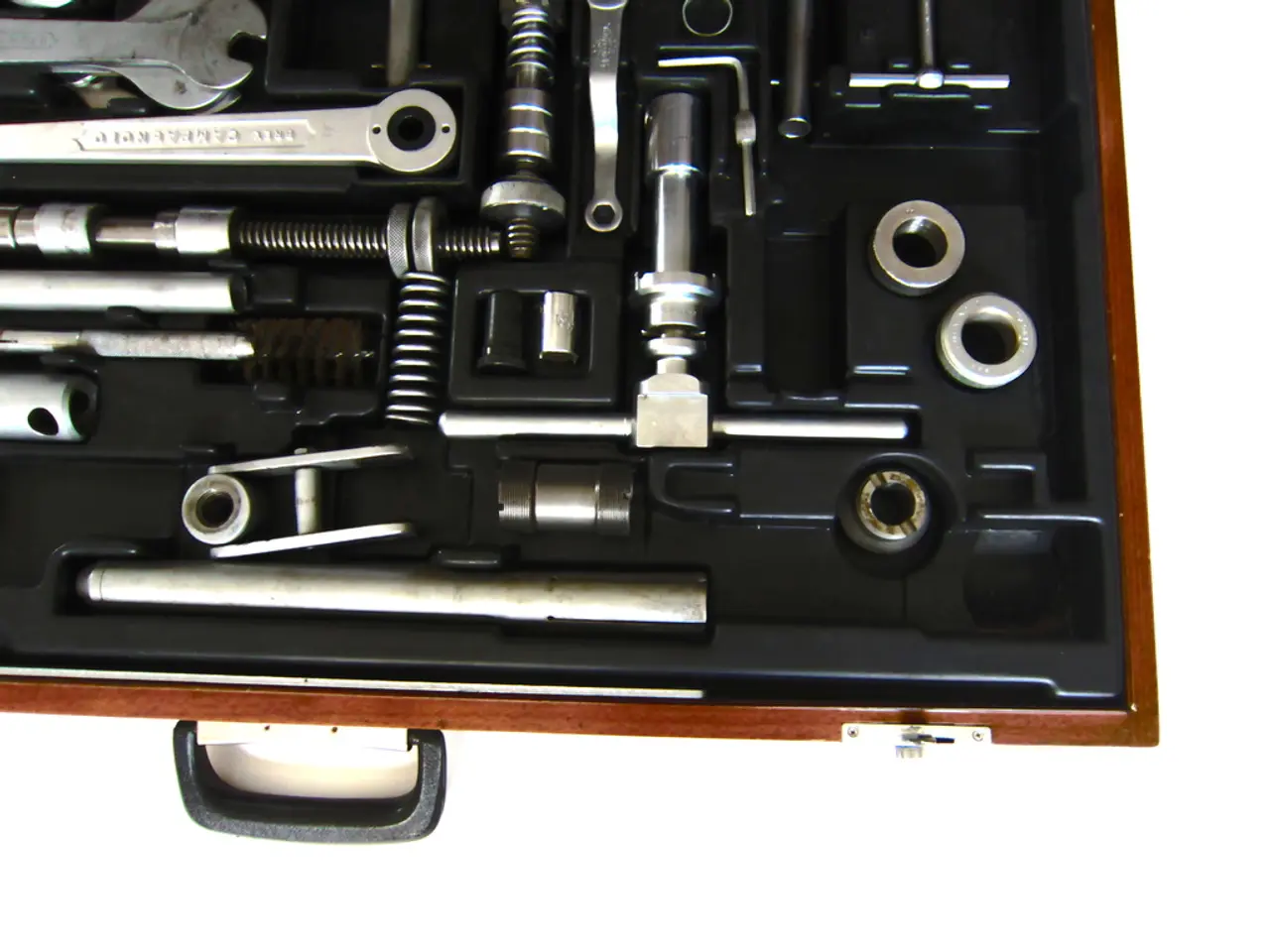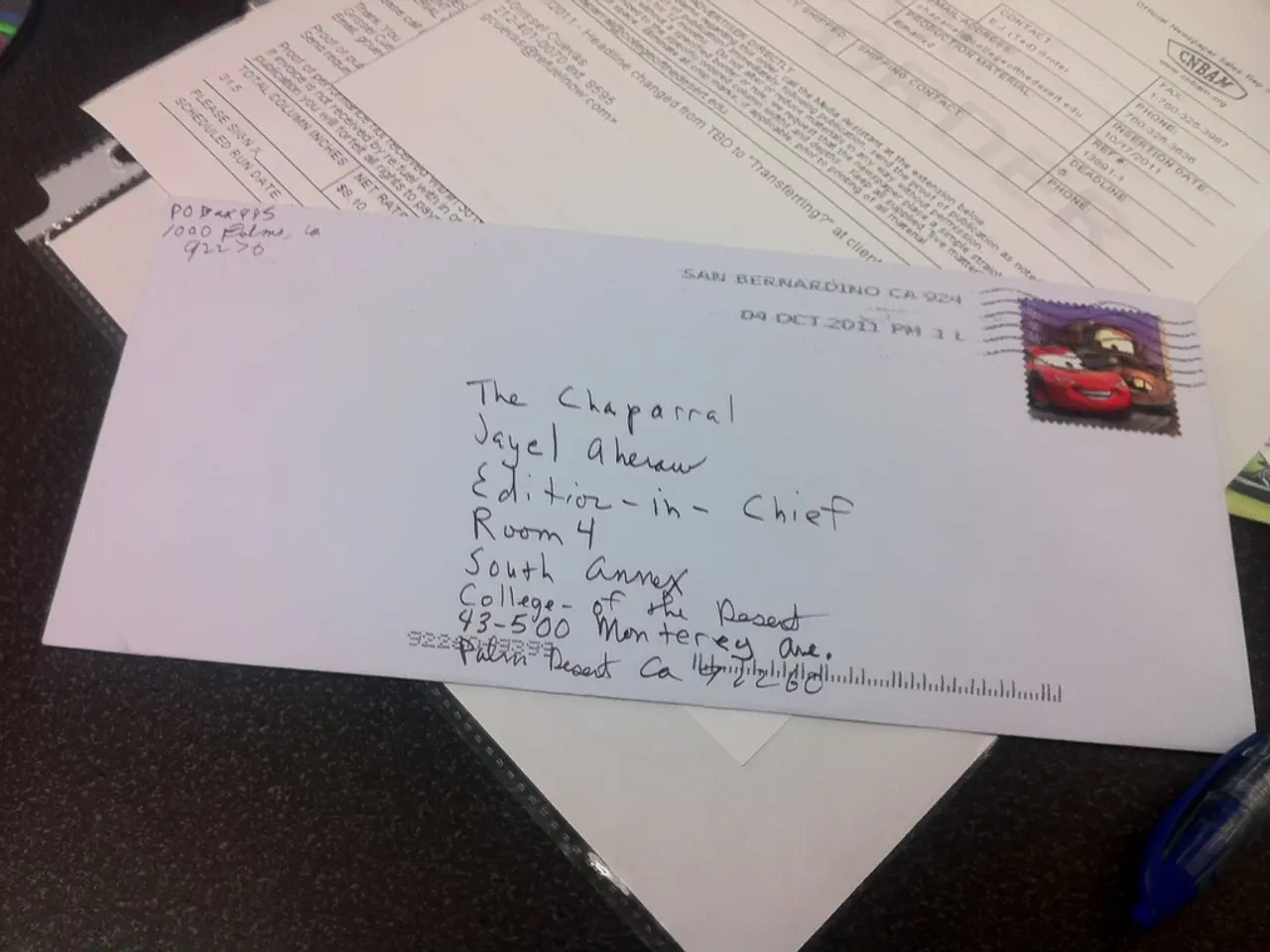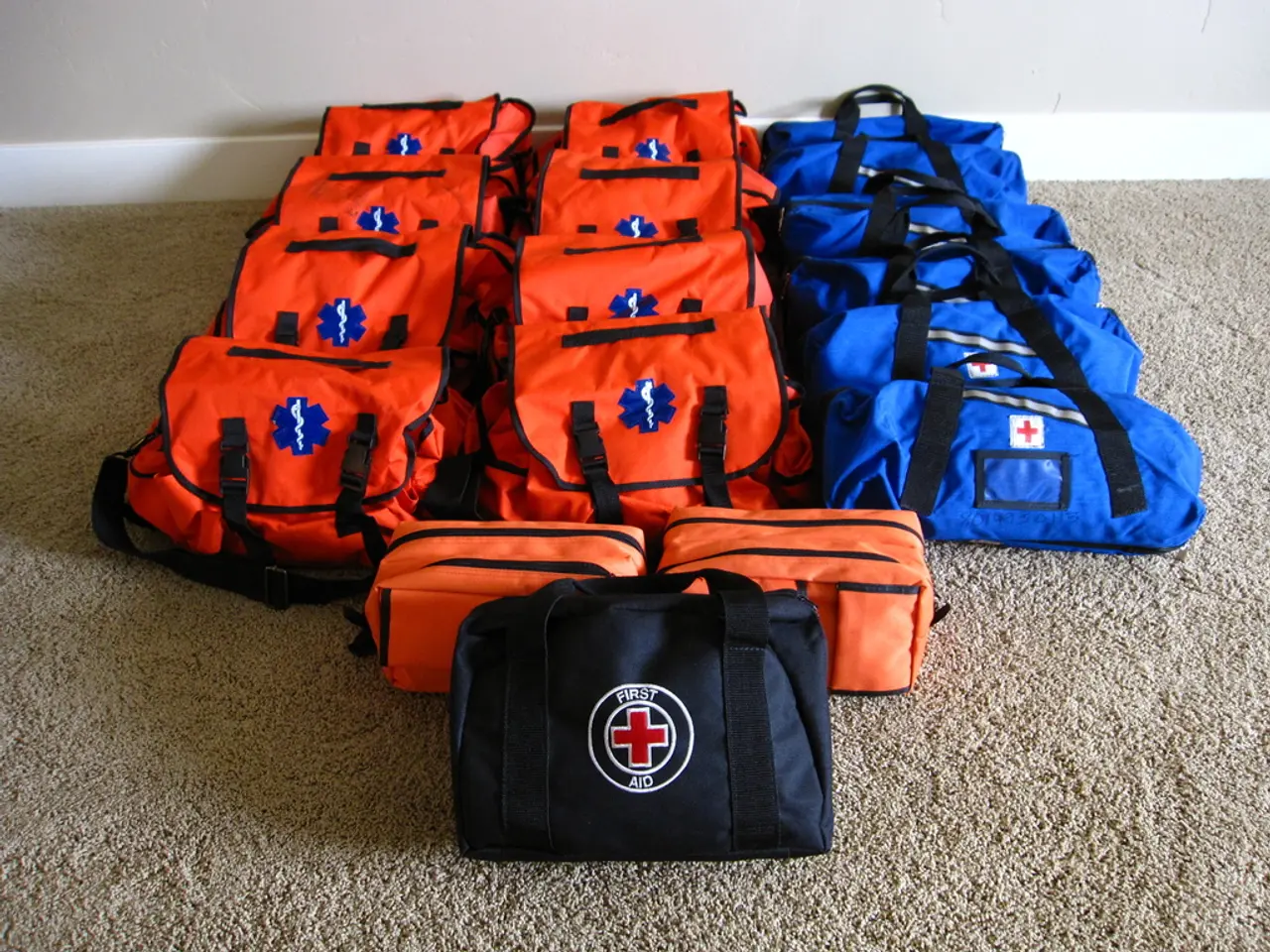Strategies That Defense Technology Companies Can Adopt from Formula One Racing Organizations
Cruising Towards the Battlefield: Autonomous Racing Paving the Way for Autonomous Military Vehicles
The buzz surrounding self-driving taxis and drones has revealed a stark contrast between systems manageable at slower speeds and the escalating difficulties posed by those operating at the pace of war. Taking a cue from high-speed racing, Booz Allen Hamilton is looking to the world of Formula One to gain an edge in autonomous military vehicles.
"Slow and steady doesn't always win the race, especially when it comes to autonomy at speed," stated Bill Vass, the company's chief technology officer in Washington D.C., on June 3. "Whether it's an aircraft, a missile, or an autonomous vehicle, speed matters on the battlefield."
Teaming up with computer chip manufacturer NVIDIA, Booz Allen is participating in the development of autonomous Formula One race cars for Code 19, a startup. Despite the self-driving race cars falling short of matching expert human drivers’ performance so far, the collaboration is viewed as an opportune chance for the Air Force and other military services to pick up useful insights.
Eric Breckenfeld, director of technology policy for NVIDIA, highlighted that the challenges faced in this project, such as speed and engineering issues, lie beyond the scope of focus for mainstream automotive manufacturers. Commercial self-driving companies are not motivated to test how autonomous systems operate at high speeds or subject them to extreme temperatures and intense vibrations.
As with military operations, Formula One racing is confined to "customized systems" and "cost-insensitive customers," Breckenfeld noted. They both share a "failure is not an option" mentality and present "austere conditions, extreme circumstances of speed or vibration, or temperature."
The autonomy race collaboration, while not a national security concern, offers a broader talent pool and a wider range of potential partners and collaborators for Booz, NVIDIA, and their partners. "Pulling on all that volume and engaging on surrogate problems allows us to solve these issues more effectively in the unclassified space," Breckenfeld said.
Motor sports have long been a testing ground for the automotive industry, with overland and high-endurance races pushing hardware limits. Now it seems, they're filling that function for the software that powers autonomous vehicles as well. Lawrence Walter, co-founder and CEO of Code 19, shared, "In competitive teams, where you're racing against the best in the world, every ounce of performance matters."
Code 19's AI development uses human performance as a foundation for computer modeling. However, as Walter pointed out, replicating intuitive driving skills like those of an experienced Formula One driver remains a significant challenge. "In theory, with all that data, you should be able to gain a performance edge over a human driving by the seat of their pants," Walter said. "But we haven't achieved that."
Vass identified the automation of instinctive skills as one of the toughest problems for engineers to solve. "From flying the jet to the battlefield, from driving a tank to racing a F1 car, understanding and imbuing AI with human capabilities is essential to enhancing performance," he explained.
Storage and management of vast amounts of data collected through cameras and various sensors are and will continue to be crucial in the development of autonomous vehicles. "As we move forward with autonomous systems, including self-flying fighters, and drone wingmen that can partner with manned aircraft, the Air Force is betting on these advancements to act faster and maintain an edge in combat," Vass concluded.
- Beyond the focus of mainstream automotive manufacturers, the challenges in developing autonomous Formula One race cars, such as speed and engineering issues, also present opportunities for the Air Force and other military services to gain insights.
- As with military operations, Formula One racing is confined to "customized systems" and "cost-insensitive customers," much like the space force and air force, which both share a "failure is not an option" mentality and present "austere conditions, extreme circumstances of speed or vibration, or temperature."
- The development of Code 19's AI uses human performance as a foundation for computer modeling, but replicating intuitive driving skills, like those of an experienced Formula One driver, remains a significant challenge.
- The Air Force is betting on advancements in data management and autonomous systems, including self-flying fighters and drone wingmen that can partner with manned aircraft, to act faster and maintain an edge in combat.
- Whether it's an aircraft, a missile, or an autonomous vehicle, understanding and imbuing AI with human capabilities, such as the instinctive skills of pilots, is essential to enhancing performance in the air force, space force, and other military services.




